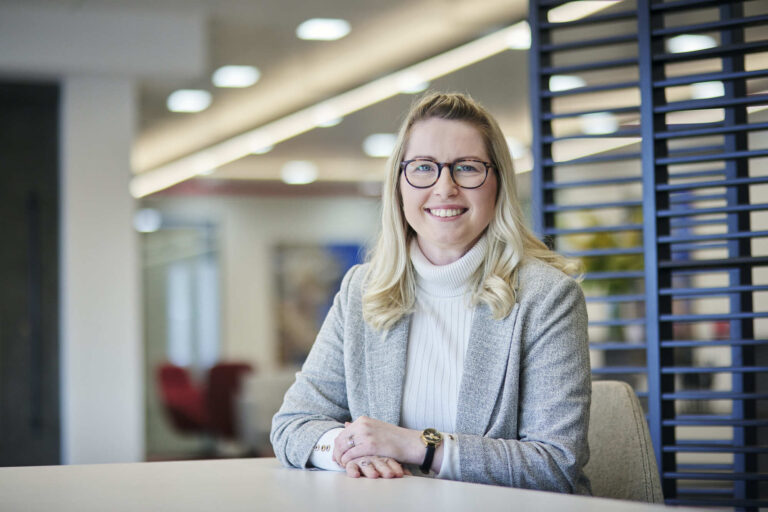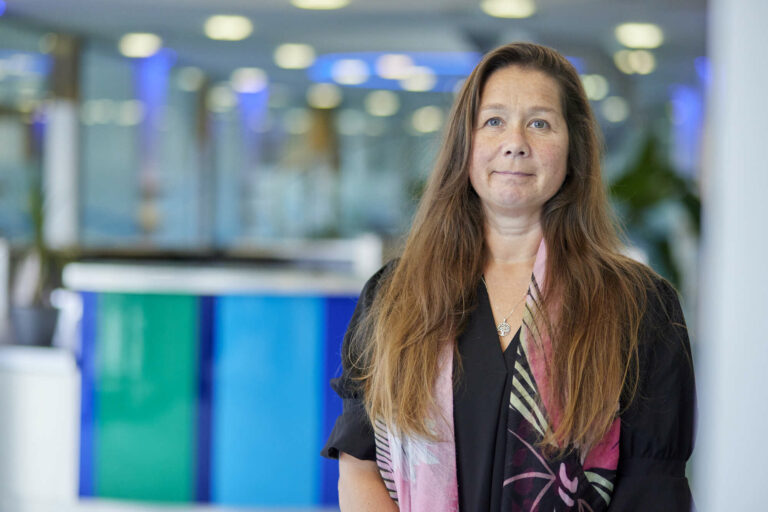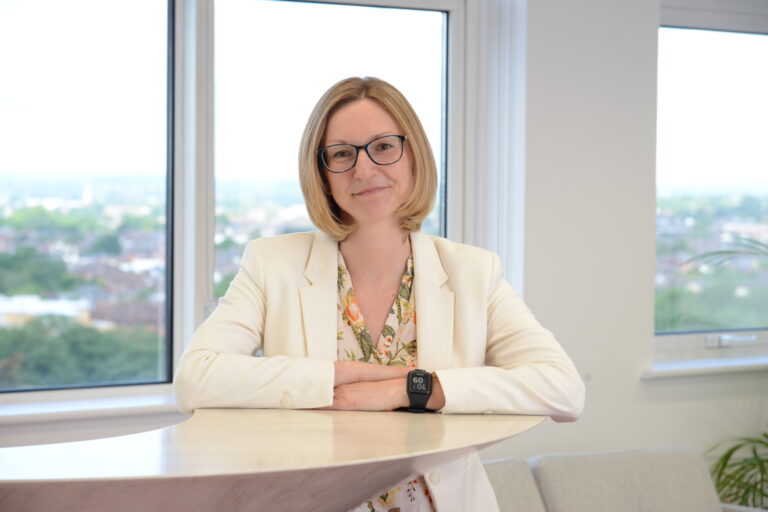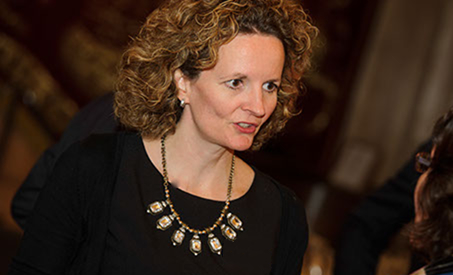
Baby Loss Awareness Week 2021 runs from 9 October until 15 October, and the theme this year is wellbeing. The heartache that comes from losing a baby makes it easy to lose interest in your own wellbeing, but even though they are no longer with you, there are still ways that your baby’s passing can help to make the world safer for others. We know from experience that helping our clients to prevent the same thing happening to others in the future can help them cope with their loss and grief.
That’s why when we help clients to make a claim for medical negligence following baby loss, we focus not only on getting them the answers and support they need, but also take time to go through their story and identify anywhere we can put forward proposals for improvements and change to healthcare provision.
Sophie’s story – using her loss to make the world safer for other children
Sophie* approached our firm for specialist advice following a recommendation on the forum for Sands; a charity providing support to anyone affected by the stillbirth or death of a baby. This was her first pregnancy following a previous ectopic pregnancy. Her pregnancy went well until she was 24+4 weeks’ pregnant. She began experiencing reduced fetal movements and stomach cramps. These continued and Sophie’s blood pressure increased. She also reported swollen feet and ankles. At 30+3 weeks’, Sophie’s baby’s growth was static.
Sophie continued to experience reduced fetal movements and regularly attended the hospital and her community midwife, where she was reassured.
At 33+3 weeks’ pregnant, Sophie developed itching on her feet and hands and her blood pressure was still high. She attended the Day Assessment Unit and blood tests confirmed she did not have pre-eclampsia. There were significant delays whilst she was waiting to be seen. She was given medication and went home.
At 34+1 weeks’ pregnant Sophie was still experiencing reduced fetal movements. The midwife could not feel any movement upon examination and told her to go to the Day Assessment Unit (DAU). Sophie was told the reduced movements were probably due to the position of her placenta and she went home. An ultrasound scan the next day was difficult to complete due to her baby’s position, which meant that some key measurements couldn’t be completed.
A few days later, Sophie’s blood pressure remained high and she had protein in her urine. She attended the DAU and was told she had pre-eclampsia. She had regular blood pressure checks and was put on medication. She queried why she had no date set for delivery but was told there was no reason to deliver at this stage. She was sent home and told to attend for regular checks.
At 35+3 weeks’ pregnant, Sophie again had reduced fetal movements. A CTG trace was normal but she was told her blood pressure needed monitoring every other day.
At 36+2 weeks’ pregnant Sophie had an ultrasound scan and was advised to take an overnight bag to her DAU appointment later that day. She was diagnosed with severe pre-eclampsia and admitted to the antenatal ward. The recommendation was for her to deliver at 37 weeks’ due to the pre-eclampsia. She was reviewed by an obstetrician who advised there were no reasons for delivering now and she was offered an induction of labour at 37 weeks’. Sophie was discharged. The following evening, she had reduced fetal movements but felt reassured by the normal CTG scan she had had earlier that day.
The next day, at 36+5 weeks’ pregnant Sophie was still experiencing reduced fetal movements. She rang the Day Assessment Unit but was told they were very busy and she should have contacted her community midwife. However, the DAU agreed she could go in for an assessment but when she got there no bed was available. She waited for 20 minutes to be seen. When she was seen, the midwife was sadly unable to find a heartbeat. Sophie had an ultrasound scan which confirmed her baby had, tragically, passed away. Her baby was stillborn that evening.
There were multiple missed opportunities to involve Sophie in decision making regarding the timing of her delivery due to the focus being on avoiding a premature birth. The Trust admitted that had her baby been delivered earlier, he would have survived.
Making a difference for others – non-monetary remedies
If our clients who have suffered baby loss want it, we can request something called “non-monetary remedies” from the Trust they are making a claim against. These are very much driven by the family’s wishes, and the changes to safety in care that they want to come out of their baby’s tragic death.
In Sophie’s claim, the hospital admitted there were errors in the care they provided. They sent her a letter of apology, and we were also able to secure the following changes for the future:
- Individualised care to families who are having a Rainbow pregnancy. This is provided by the Bereavement Team and led by an Obstetric Consultant. Additional scans, clinic appointments and medication are offered, alongside regular contact with the Bereavement Midwives to answer any questions or worries.
- A simulation programme focusing on pre-eclampsia was prioritised to take place.
- The Bereavement Team has expanded to include an additional member.
- The clinicians involved in Sophie’s care received individual feedback and adjusted their practice accordingly.
- Clinicians now have discussions with patients and their partners regarding induction of labour when this is clinically indicated. Personalised Care Plans have been launched which helps staff give patients informed and non-biased information about their care.
- Clinicians were reminded to use the “Kicks Count” stickers to monitor reduced fetal movements.
- The audit of the Reduced Fetal Movements Guideline will be updated to include whether obstetric reviews are identified and carried out.
- An intentional ward round has been introduced to ensure regular communication and that patients are comfortable and their needs met. When the ward is busy, regular communication with patients is required and must be documented in the patient notes.
- There is a communication board in the Day Assessment Unit to highlight frequent attenders, which improves continuity and awareness of those regularly attending. Each admission is also recorded in the maternity electronic record and an alert flagged after the third admission.
- The Day Assessment Unit Referral Clinical Guideline has been updated so that patients who have a third admission through the same day maternity triage services on the Delivery Suite or Unit within an 8-week period must have the next available appointment with their named consultant.
- The Trust have increased the number of staff dedicated to work in the Day Assessment Unit.
Sophie’s case shows that the litigation process can bring about positive change in midwifery and obstetric practices for the future, and hopefully save other families from having to go through a similarly traumatic event.
Although her claim is not over yet, Sophie now has some comfort that the Trust is implementing the changes that were recommended in the Serious Incident Investigation Report. The Trust’s willingness to cooperate throughout has resulted in positive changes which hopefully mean the mistakes in her care will not be repeated in the future.


















